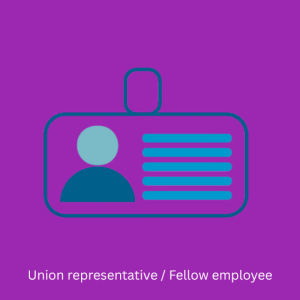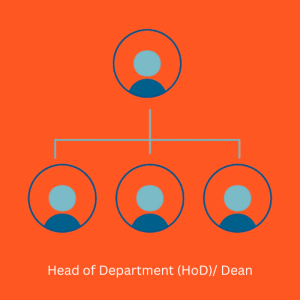Lesson 1: Grievance Policy and Procedure Introduction
Welcome to this short course on CPUT’s Grievance Policy and specifically the procedure to be followed when addressing any concerns or grievances that may arise in the workplace. This policy and procedure provides the framework and mechanisms aimed at fostering a supportive and inclusive environment at CPUT.
You’ll explore the steps involved in the grievance process and how to use the available resources that support its implementation. You will also learn how and when to escalate grievances until the final internal escalation point.
Lesson 1.1: Key components of the CPUT grievance policy
Key components of the CPUT grievance policy
What is the purpose of a grievance policy? Choose the correct answer(s) by clicking on the cards below.
What is the purpose of a grievance policy? Choose the correct answer(s) by clicking on the cards below.
The Grievance Policy
Our grievance policy helps to promote fairness in resolving any issues raised by a staff member or group of staff members as quickly as possible. These issues are dealt with using the University’s policy aligning with the relevant labour laws promoting fairness and compliance.
The grievance policy and procedure cannot be applied to dissatisfaction on matters of interest. Matters of interest refer to topics such as wages, working conditions, benefits and changes to employment terms. These matters of interest are dealt with in the collective bargaining process.
Any employee who believes that an act or omission had a negative impact on the employment relationship has the right to activate the grievance procedure to ensure that the matter is dealt with fairly.
Any employee or group of employees may lodge a grievance with the University on any matter concerning their rights in the work environment in terms of the grievance procedure. Managers / supervisors should attempt to help aggrieved employees to resolve any such concerns by first using informal discussion, if both parties agree. Should an informal discussion not yield the desired results or be the best approach, the aggrieved employee will initiate the formal grievance procedure with the relevant line function.
The grievance policy and process apply to all employees, permanent, fixed-term and part-time contracts.
In the next lesson, you will learn about the various stakeholders involved and their roles and responsibilities.
Lesson 2: Roles and responsibilities in the grievance process
The grievance process has a few steps and stages and there are various stakeholders at the different stages in the process. We will now learn about the various stakeholders that may be involved and their respective roles and responsibilities in the process.
Lesson 2.1: Roles and responsibilities

Initiates the grievance process
Completes the relevant grievance form

Supports the aggrieved employee/s.
A fellow employee may also provide support to a Line Manager.

Listens to the grievance
Find solutions
The HoD chairs a formal grievance hearing

Provides support
Assists with the notification of a formal grievance hearing

Ensures procedural fairness
Now that you have learned about the various stakeholders that may be involved in the grievance process, let’s have a detailed look at the process.
